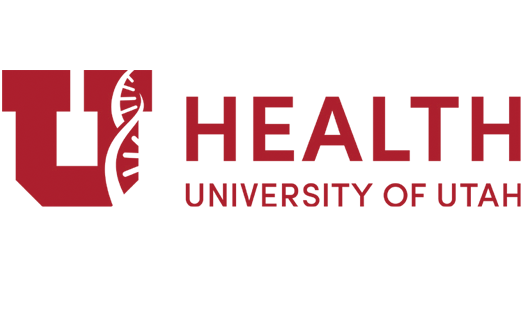
University of Utah College of Nursing

University of Utah College of Nursing can gather student metrics in minutes rather than weeks
Too much disjointed data
When Eric Kenney, an Applications Manager and Double-Certified Salesforce Administrator arrived at the University of Utah College of Nursing in 2016, it became clear the organization wasn’t using Salesforce to its full advantage.
“Salesforce was primarily being used as a glorified spreadsheet,” explained Kenney. “The admissions team was using three external application programs where CSV files were exported, transformed into a usable format, and then uploaded into Salesforce. Undergraduate applications were in one set of objects, graduate applications were in another, and historical undergraduate applications were in yet another.”
On top of this disjointed approach, the school had a poorly structured data schema. Challenges included a bucket account record, redundant objects, duplicative fields, inconsistency, and no formalized data architecture.
“Most of the fields on many of the objects were exactly the same or similar enough that they could have easily worked on a global level,” said Kenney. “These same fields were error-prone, allowing for inconsistencies. I knew there had to be a way to streamline our data and gain a single view of all of our applicants.”
Creating a foundation for change
The Salesforce Higher Education Data Architecture (HEDA) provided an ideal platform for the College of Nursing to start making some foundational changes to how its student and applicant data was stored and organized.
In late 2016, the college worked with Salesforce.org Education Cloud partner Enrollment Rx to implement a close approximation of the HEDA model. Pleased with the initial results, the College of Nursing was ready to migrate fully to HEDA one year later.
“There had been some talks with campus executives about a possible campus-wide CRM solution, with Salesforce.org Education Cloud at the center, and I wanted our org to be HEDA-ready,” said Kenney. “After getting some guidance and templates from Enrollment Rx, I was able to handle the HEDA conversion on my own in about six weeks.”
A holistic view of students and applicants
Moving to the HEDA data model has already had many benefits for the College of Nursing, helping them better organize their data and streamline their processes.
“During this process, I realized how much duplication existed,” said Kenney. “In some cases, there were fields within the same object that literally had the same information. HEDA eliminated those redundancies and inconsistencies. There’s one source of truth for everything now.”
Additionally, cleaning up their data model allowed the College of Nursing to start replacing a legacy software package that required them to rent a virtualized server running an older OS from the main campus. The College of Nursing will be able to use the Course, Course Offering, Course Connection, and Program Enrollment objects to replace that legacy program, and easily scale up as the college continues to grow.
More importantly, the conversion to HEDA has led the college to start using its data more holistically, so that they can have a 360-degree view of applicants starting with the time they first inquire about a program.
“Whenever we collect information from a student or applicant, we can use it proactively in other places to save them time later on,” said Kenney. “For example, the first time an applicant logs into their account, we’ll have already populated it with any information we gathered in a previous session, like their transcript details. They don’t need to re-enter that information. I’d estimate a 20% time-savings for all the administrative interactions like that that a student or applicant might have with us, just by using information more effectively.”
This centralization of data also benefits the college when it needs to run reports or gather data on its student or applicant base.
“We have data at our fingertips for almost any given metric,” said Kenney. “Within the last month I’ve pulled diversity data, GPA data, student interaction data – all at a moment’s notice. Previously, I would have had to put in a data request to our database administrator to pull the specific data I needed from the data warehouse, and it would take two weeks for me to get the results.”

Kenney added, “With HEDA, I can see all the information that’s related to a contact record instantly and extract it very easily with reports and dashboards. It’s a one-stop shop for everything that you need.”
Building on top of the HEDA model has even helped the College of Nursing to streamline the application review process itself.
“I built out a site that our faculty can use for application reviews,” said Kenney. “When the faculty access the site, all the relevant application information is laid out for them in one place. On average, they’re able to process a review in 6 minutes, rather than the 40 minutes it used to take, just by simplifying the workflow and making the information for each application more easily accessible.”
Kenny concluded, “The ability to have that consolidated view of each student is really, really helpful – and HEDA makes it possible. It doesn’t matter if a student calls about an application, a prerequisite, or an advising appointment: all of their information is in one place. Students aren’t going to get differing answers depending on who they talk to or what system was consulted, because there’s a single master record. That consistency increases our credibility with students and shows them that they matter to us.”
Download the full University of Utah College of Nursing success story.